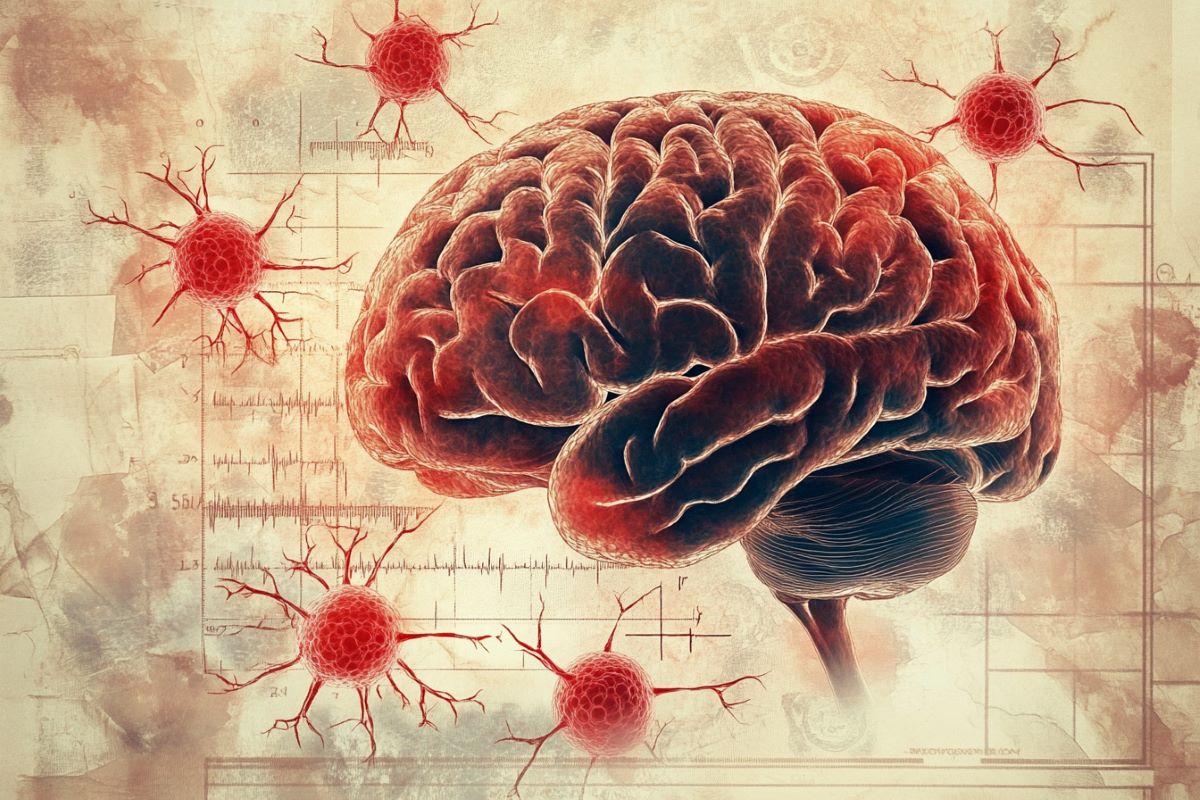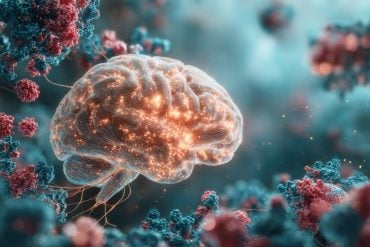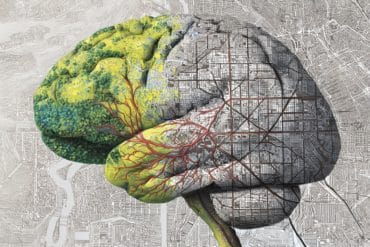Summary: Researchers have found that intracranial hemorrhages, or “brain bleeds,” double the risk of developing dementia later in life. While ischemic strokes caused by blood clots have long been linked to cognitive decline, this study shows that hemorrhages also significantly increase dementia risk.
Using Medicare data from nearly 15,000 patients, scientists observed a two-fold increase in dementia diagnosis within about 5.6 years after a brain bleed. The findings suggest that hemorrhages may either trigger dementia through amyloid beta buildup or result from shared risk factors such as chronic vascular damage.
Given these insights, researchers stress the importance of regular cognitive screening for patients who have experienced a hemorrhage. Future studies will explore the underlying mechanisms and evaluate the safety of Alzheimer’s treatments in these patients.
Key Facts
- Increased Dementia Risk: Intracranial hemorrhages double the risk of developing dementia within several years.
- Possible Causes: Hemorrhages may trigger dementia through amyloid beta accumulation or share risk factors with neurodegenerative diseases.
- Clinical Implications: Patients with brain bleeds should be monitored for cognitive decline, and Alzheimer’s treatments may need reassessment in this group.
Source: Weill Cornell University
Weill Cornell Medicine researchers have found that intracranial hemorrhages, or “brain bleeds” caused by a ruptured blood vessel in the brain, double a person’s risk of developing dementia later in life.
While the connection between dementia and ischemic strokes caused by clots that block blood supply to the brain has received more attention, the new study, published Jan. 30 in Stroke, extends previous findings to hemorrhages.

“We consistently see an elevated risk of dementia, regardless of the type of bleed,” said first author Dr. Samuel Bruce, assistant professor of neurology at Weill Cornell Medicine and a neurologist at NewYork-Presbyterian/Weill Cornell Medical Center.
This suggests people who have experienced an intracranial hemorrhage should be regularly screened for cognitive impairment because the results could inform future care decisions for patients and their families.
Using Medicare insurance claims from 2008 to 2018, Dr. Bruce and his colleagues assessed almost 15,000 people who had various types of intracranial hemorrhages, which cause blood to collect in brain tissue or underneath the skull. Hemorrhages can occur after head injuries, but the researchers focused on those that happened spontaneously.
They observed a two-fold increase in the incidence of first-ever dementia diagnosis within an average of 5.6 years after an intracranial hemorrhage for these patients, compared with over two million people who did not have a hemorrhage.
The results add to literature from other labs showing that hemorrhages are linked to later cognitive problems.
In a study based on medical records in Denmark, for example, 11.5% of people developed dementia after blood vessels ruptured within their brains, about a 2.5-fold increase over the general population. On the other hand, ischemic strokes, typically caused by blood clots, increased the risk of dementia by about 1.7-fold.
“Why does an intracranial hemorrhage increase the risk of dementia? There are a few possible reasons,” said senior author Dr. Santosh Murthy, associate professor of neuroscience at the Feil Family Brain & Mind Research Institute and of neurology at Weill Cornell Medicine.
Hemorrhages may cause dementia directly by triggering the accumulation of a protein called amyloid beta in the brain and its blood vessels, which can disrupt brain function. Or hemorrhage and dementia may be indirectly connected because the same factors—like chronic damage to blood vessels in the brain—increase the risk of both conditions.
“As we see more evidence that dementia can follow hemorrhages, we really need to consider the implications,” said Dr. Murthy, who is also a neurologist at NewYork-Presbyterian/Weill Cornell Medical Center.
“For example, assessing the safety of anti-amyloid beta treatments for Alzheimer’s disease in people who have experienced a hemorrhage should become a research priority.”
The researchers concluded that as new treatments developed for intracranial hemorrhages may ultimately lead to patients living longer after an incident, further studies will need to explore how hemorrhages contribute to different subtypes of dementia.
About this neurology research news
Author: Barbara Prempeh
Source: Weill Cornell University
Contact: Barbara Prempeh – Weill Cornell University
Image: The image is credited to Neuroscience News
Original Research: Closed access.
“Non-Traumatic Intracranial Hemorrhage and Risk of Incident Dementia in U.S. Medicare Beneficiaries” by Samuel Bruce et al. Stroke
Abstract
Non-Traumatic Intracranial Hemorrhage and Risk of Incident Dementia in U.S. Medicare Beneficiaries
Background:
To study the risk of incident dementia after a non-traumatic intracranial hemorrhage in a diverse US population, and evaluate if this risk is different for the subtypes of intracranial hemorrhage.
Methods:
We performed a retrospective cohort study using both inpatient and outpatient claims data on Medicare beneficiaries between January 1, 2008 and December 31, 2018.
The exposure was a new diagnosis of non-traumatic intracranial hemorrhage, defined as a composite of intracerebral hemorrhage (ICH), subarachnoid hemorrhage (SAH), and subdural hemorrhage (SDH). The outcome was a first-ever diagnosis of dementia. The exposure and outcomes were identified using validated ICD-9 and ICD-10-CM diagnosis codes.
We excluded patients who had prevalent intracranial hemorrhage or dementia, to ensure that only incident cases were counted in our analyses. In the primary analysis, we used Cox regression to study the risk of dementia after intracranial hemorrhage, after adjusting for demographics and comorbidities.
In secondary analyses, the risks of dementia in different subtypes of intracranial hemorrhage were studied.
Results:
Among 2.1 million patients, 14,775 had a diagnosis of intracranial hemorrhage. During a median follow up of 5.6 years (IQR, 3.0-9.1), incident dementia was diagnosed in 2527 (17.1%) patients with an intracranial hemorrhage and 260,691 (12.8%) in those without intracranial hemorrhage.
The cumulative incidence rate of dementia was 8.6% (IQR, 8.1-8.9) among patients with an intracranial hemorrhage, and 2.2% (2.0-2.4) in patients without intracranial hemorrhage.
In adjusted Cox regression analysis, intracranial hemorrhage was associated with an increased risk of incident dementia (HR, 2.0; CI, 1.9-2.2). In secondary analyses, a higher risk of incident dementia was observed with ICH (HR, 2.4; CI, 2.2-2.5), SAH (HR, 1.99; CI, 1.7-2.2), and SDH (HR, 1.6; CI, 1.4-1.7).
Conclusion:
In a large heterogeneous cohort of elderly US participants, intracranial hemorrhage was independently associated with a 2-fold increased risk of incident dementia. This elevated risk was consistently observed across subtypes of intracranial hemorrhage.






